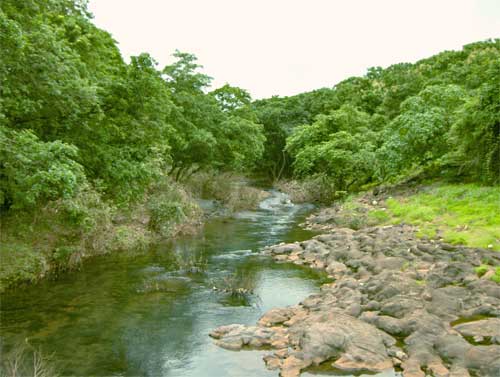Sanjay Gandhi National Park stands as a remarkable testament to nature's resilience within the heart of Mumbai's urban expanse. This sprawling 87-square-kilometer sanctuary represents a unique convergence of natural heritage, historical significance, and modern conservation efforts. The park's story begins in the late 19th century when British colonial administrators recognized the vital importance of preserving this green space. In 1869, they designated the area as the Bombay Forest, laying the foundation for what would become one of the world's most unique urban national parks.
The park's evolution reflects the changing priorities and challenges of urban conservation. Initially established as a reserved forest, it underwent several transformations before being renamed Krishnagiri National Park in 1950. The 1970s marked a significant period of expansion with the integration of the Tulsi and Vihar lakes, which not only enhanced the park's ecological diversity but also became crucial components of Mumbai's water supply infrastructure. The park received its current name in 1996, honoring Sanjay Gandhi's contributions to environmental conservation in India, and simultaneously achieved national park status.
At the heart of the park lies the remarkable Kanheri Cave complex, a testament to ancient Indian architectural brilliance and Buddhist spiritual heritage. These caves, numbering over 100 and dating back to the 1st century BCE, served as vibrant centers of Buddhist learning and meditation. Carved meticulously into basaltic rock formations, they showcase extraordinary craftsmanship through their intricate sculptures, meditation chambers, prayer halls, and living quarters. The caves' walls bear silent witness to centuries of spiritual devotion, featuring detailed inscriptions that provide invaluable insights into the religious and social fabric of ancient India.
The ecological significance of Sanjay Gandhi National Park cannot be overstated. As Mumbai's green lung, it plays a crucial role in purifying the city's air and maintaining ecological balance. The park harbors an impressive biodiversity, including over 1,000 plant species, 251 bird species, 50 mammal species, and 150 butterfly species. Perhaps most remarkably, it represents one of the few places globally where leopards have adapted to life in close proximity to human settlements, creating a unique urban wildlife management scenario that has drawn international attention and study.
The park's social and cultural impact on Mumbai is profound and multifaceted. It serves as a vital recreational space for millions of urban residents, offering a precious escape from city life through its network of trails, picnic spots, and educational facilities. The park has become an integral part of Mumbai's fitness culture, with its paths regularly used by joggers, cyclists, and nature enthusiasts. Religious significance adds another layer to its cultural importance, with several sacred sites within its boundaries, including the popular Jain temple atop Mount Mary Hill, attracting thousands of devotees annually.
However, the park's existence within one of the world's most populous cities presents ongoing challenges. Encroachment issues have persistently threatened its boundaries, with informal settlements expanding into protected areas. This has necessitated complex negotiations between conservation imperatives and social justice concerns, as authorities work to protect the park while addressing the needs of vulnerable communities. Additional challenges include urban pollution, forest fires, and the constant pressure of development, requiring vigilant management and innovative conservation strategies.
Recent years have seen intensified efforts to enhance both conservation measures and public accessibility. Park authorities have implemented improved infrastructure, including better-maintained trails, modern visitor facilities, and enhanced waste management systems. Research programs have been strengthened to monitor and protect the park's biodiversity, with particular emphasis on human-wildlife conflict resolution, especially concerning the leopard population. Educational initiatives have been expanded to foster greater environmental awareness among visitors and local communities.
The park continues to evolve as a model for urban conservation, demonstrating how natural spaces can be preserved within metropolitan areas while serving multiple social and ecological functions. Its success in maintaining biodiversity while providing recreational opportunities for millions of visitors annually offers valuable lessons for urban protected areas worldwide. As Mumbai continues to grow and develop, Sanjay Gandhi National Park remains an essential reminder of the importance of preserving natural spaces within urban landscapes, serving as both a ecological treasure and a vital public resource.







